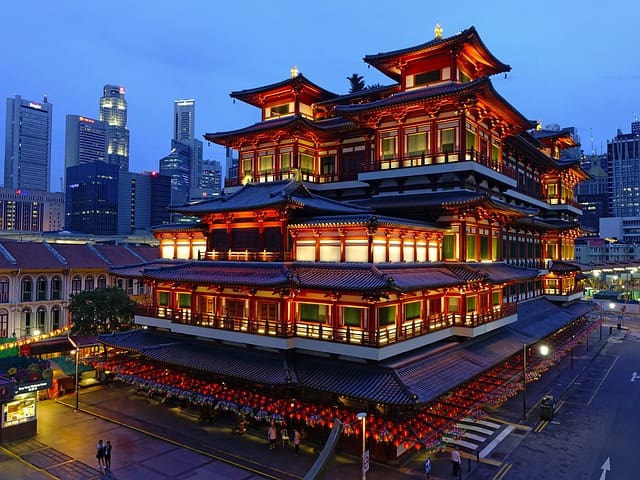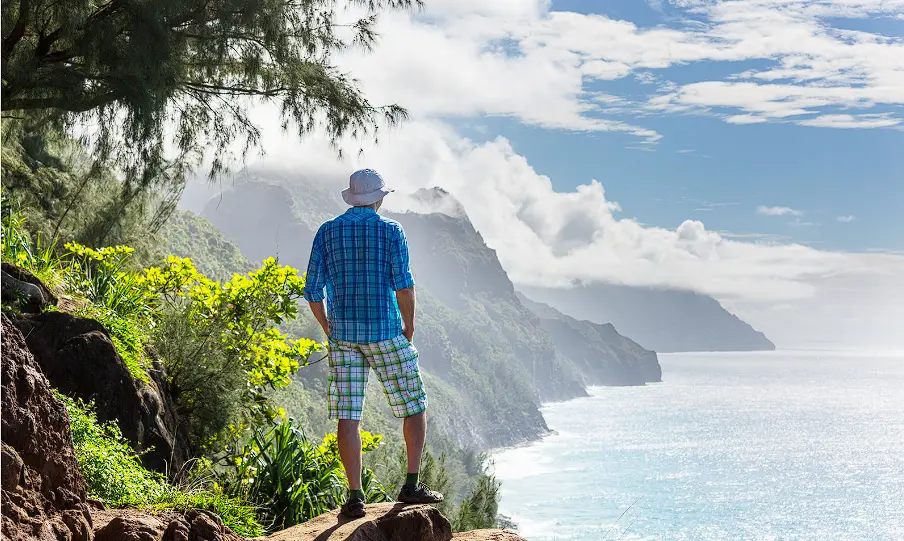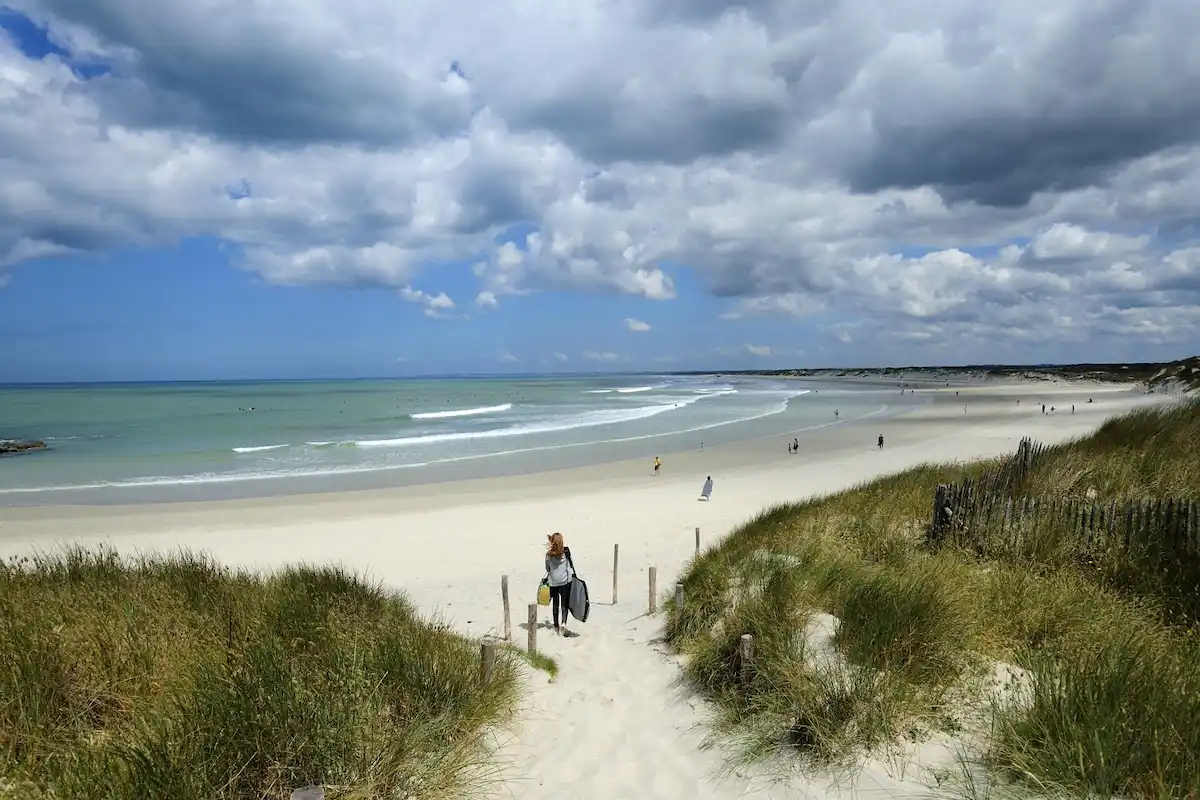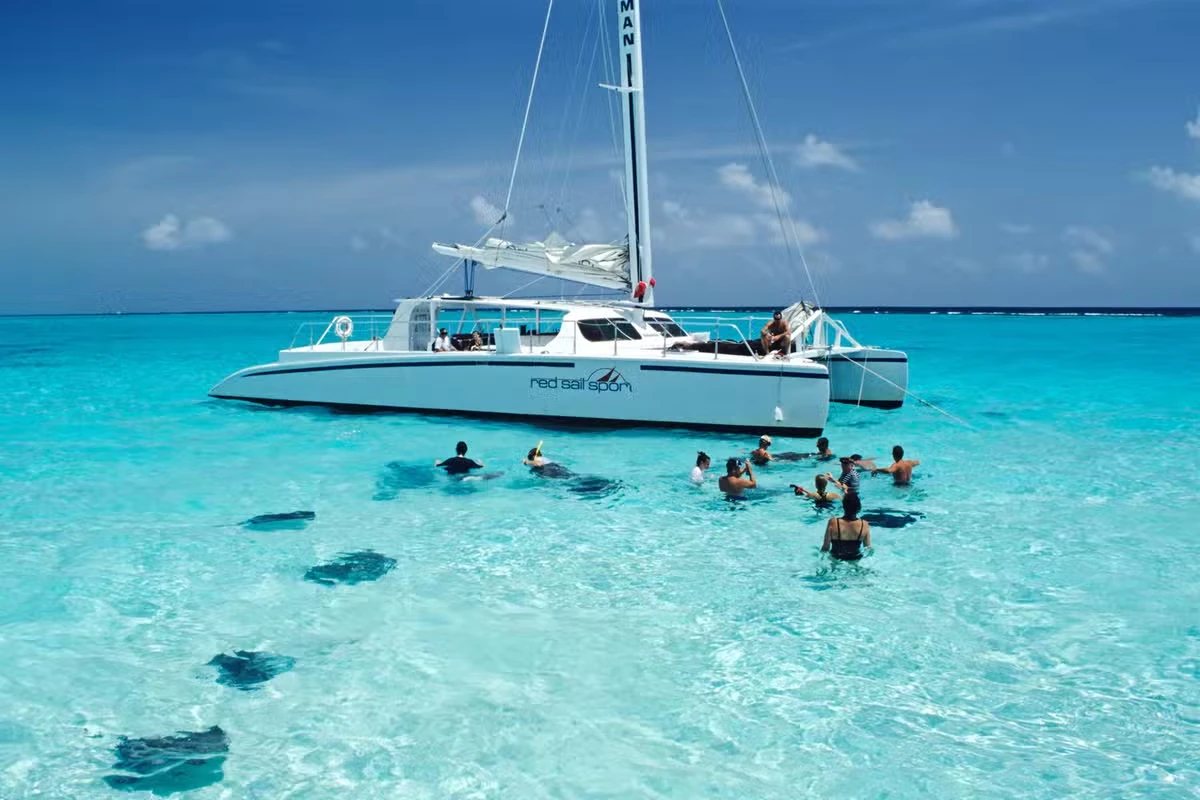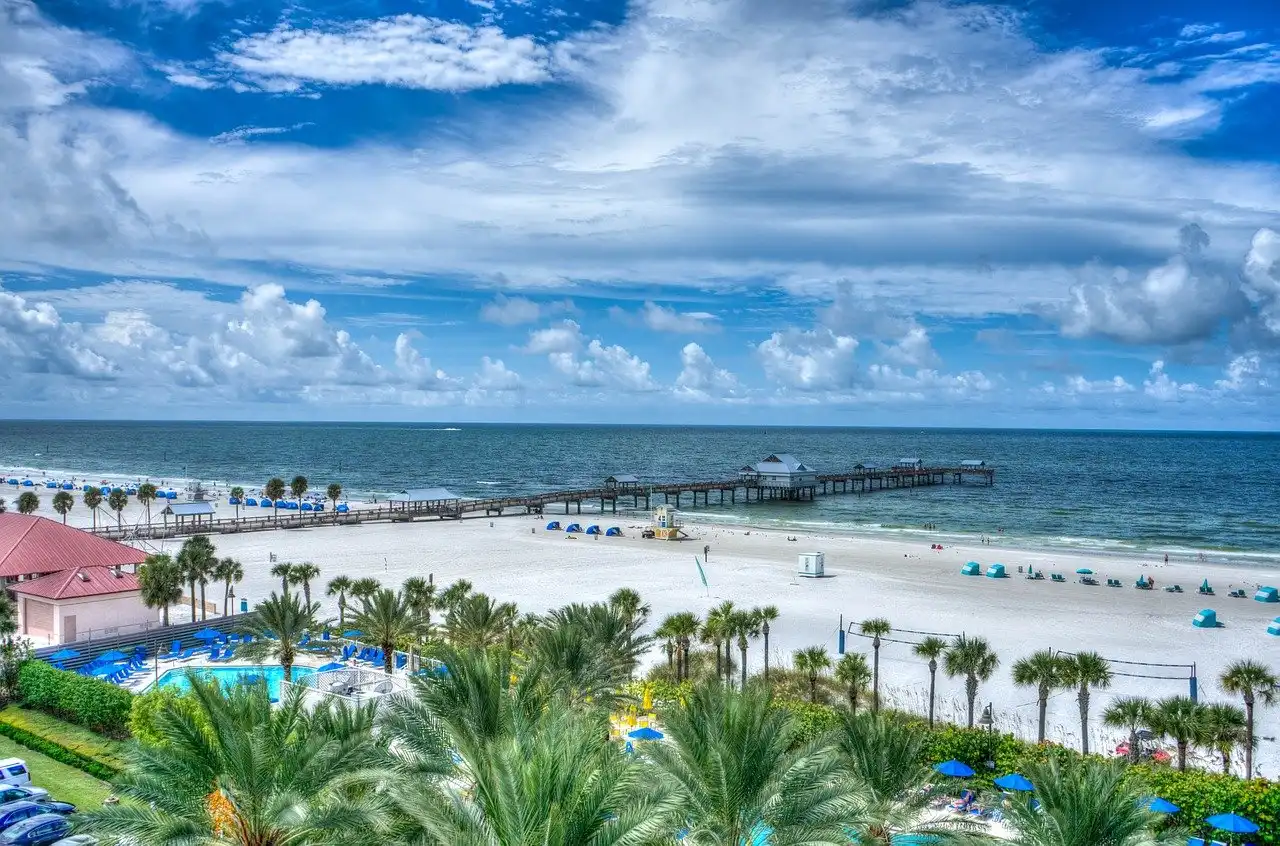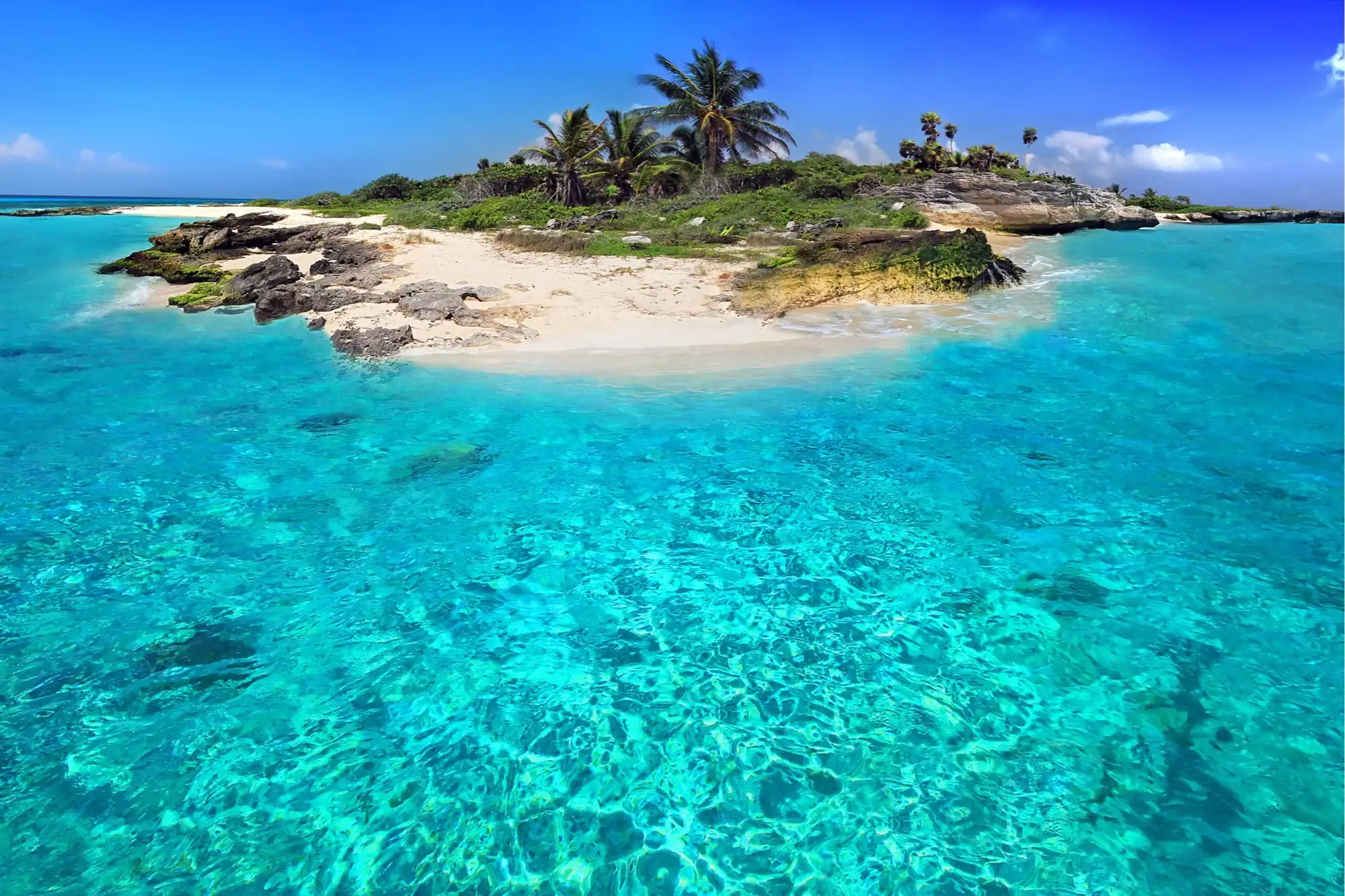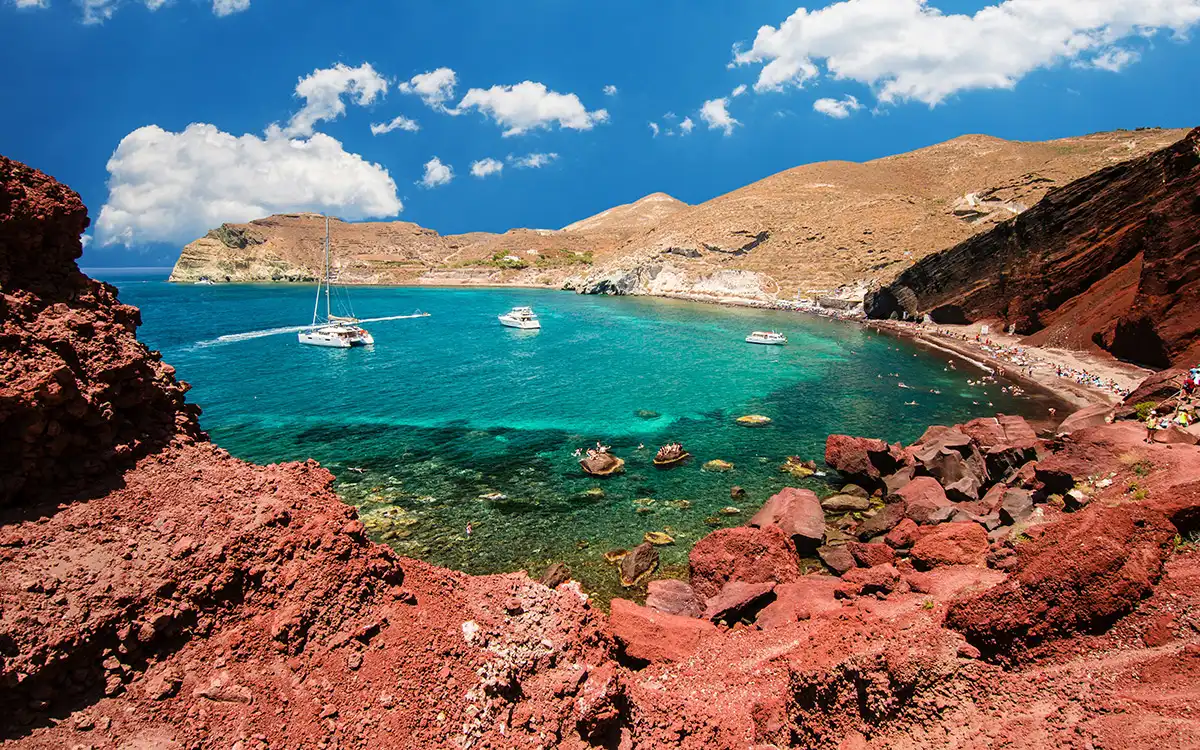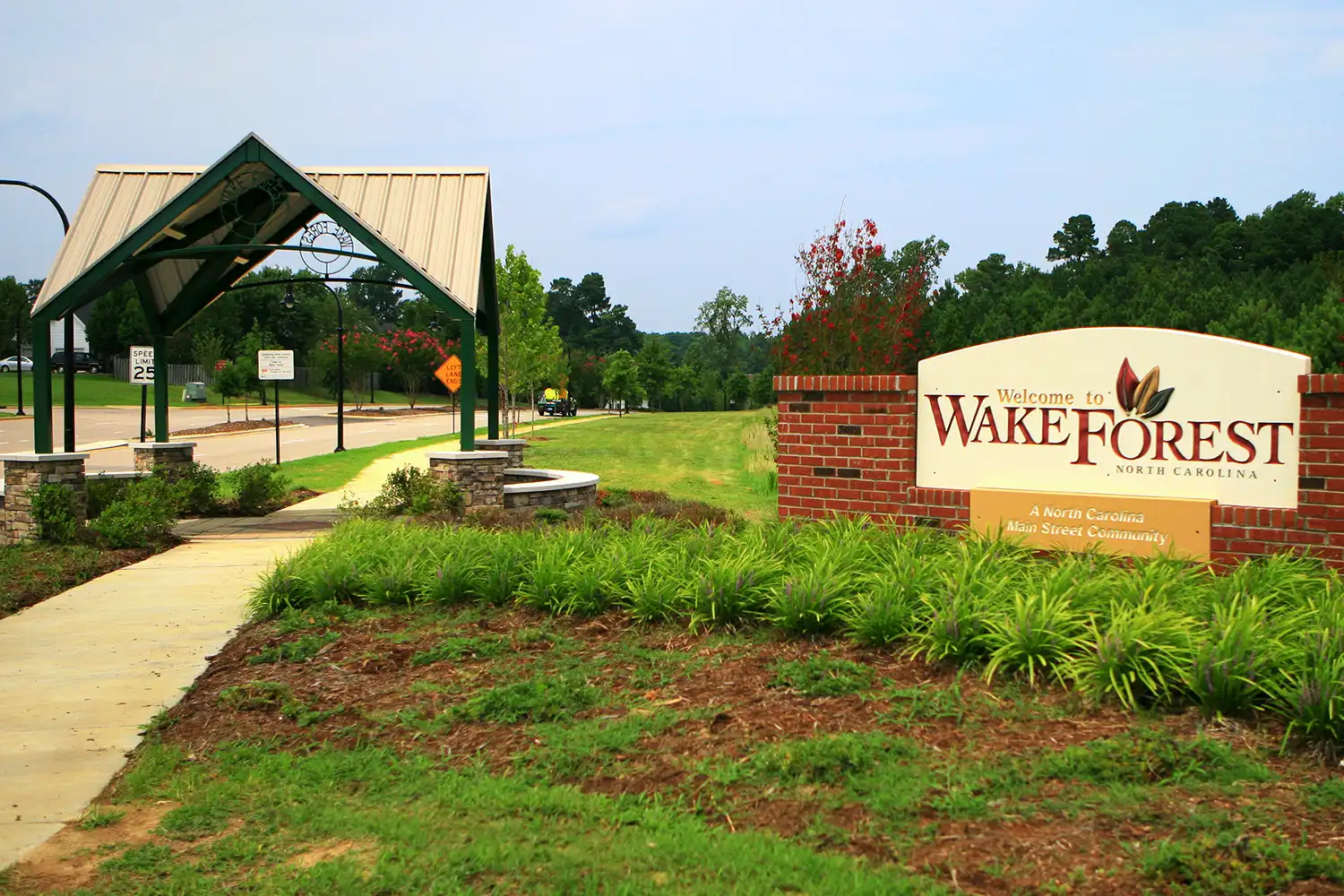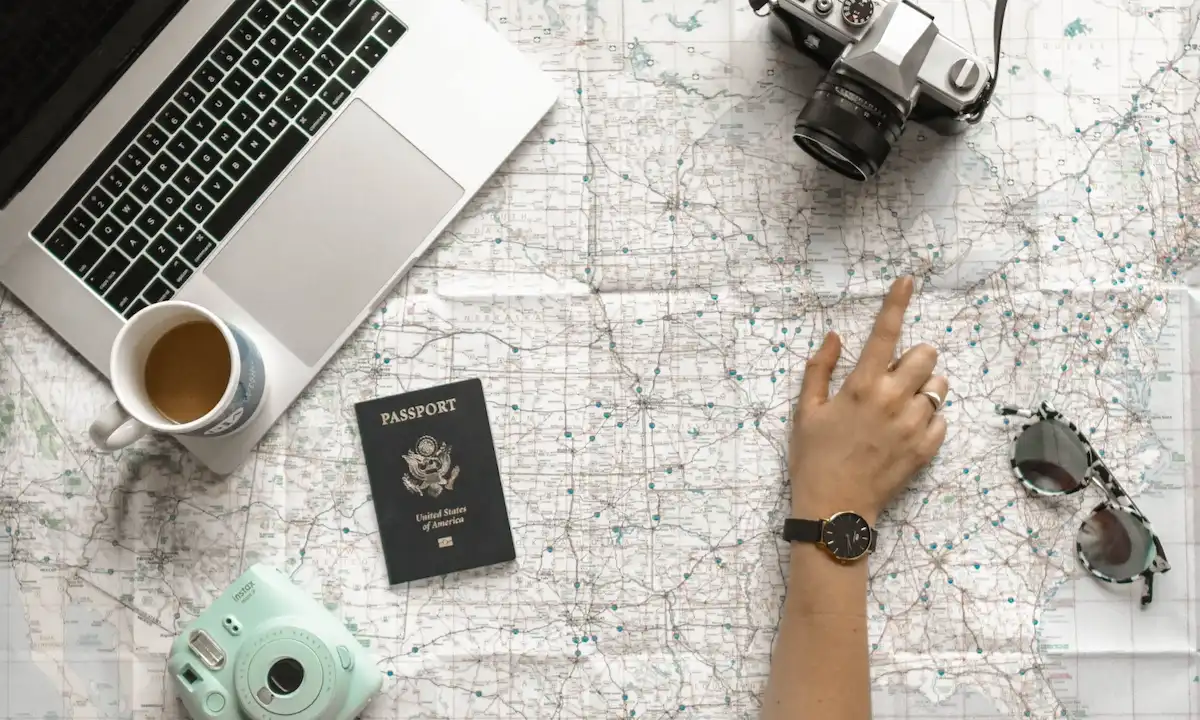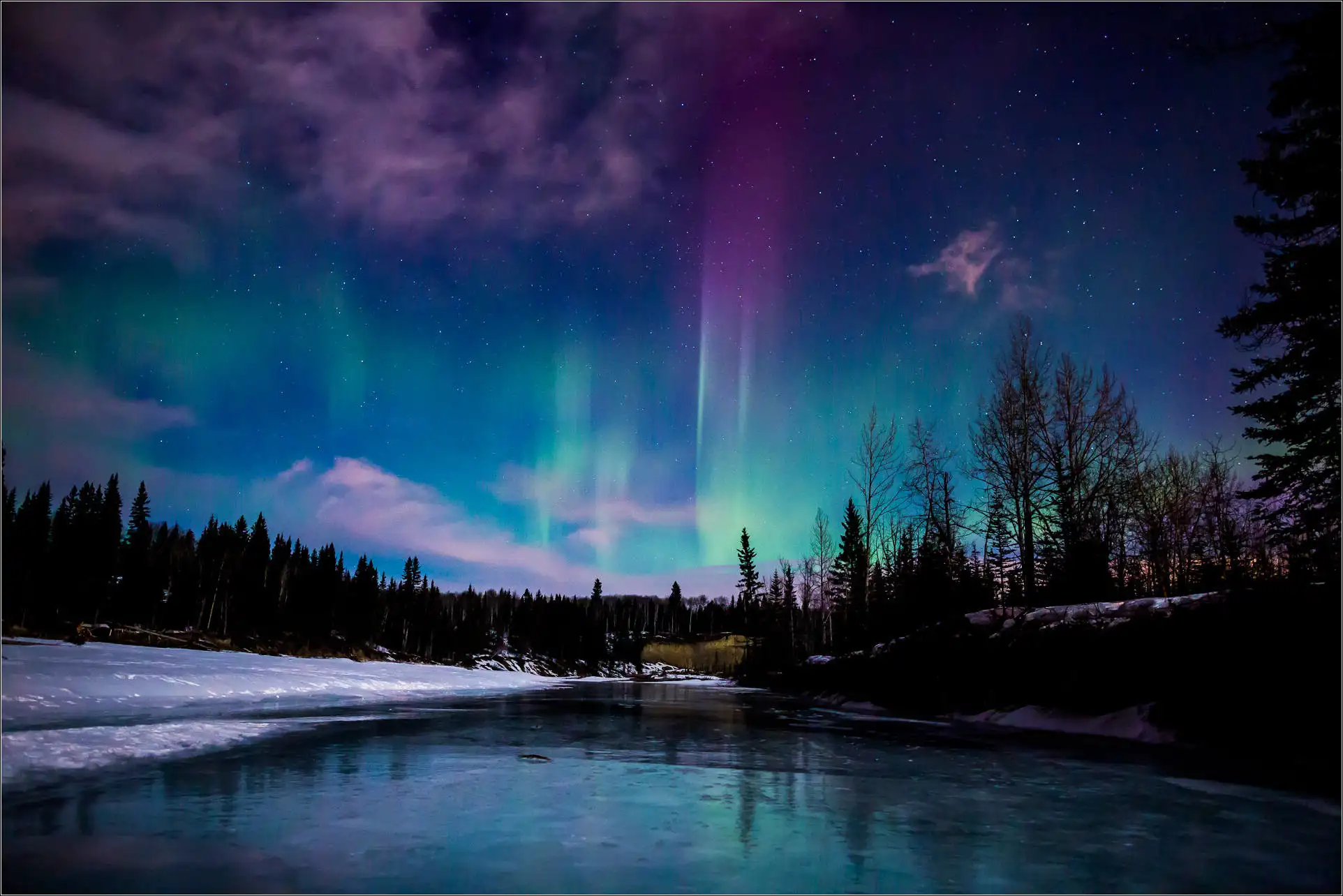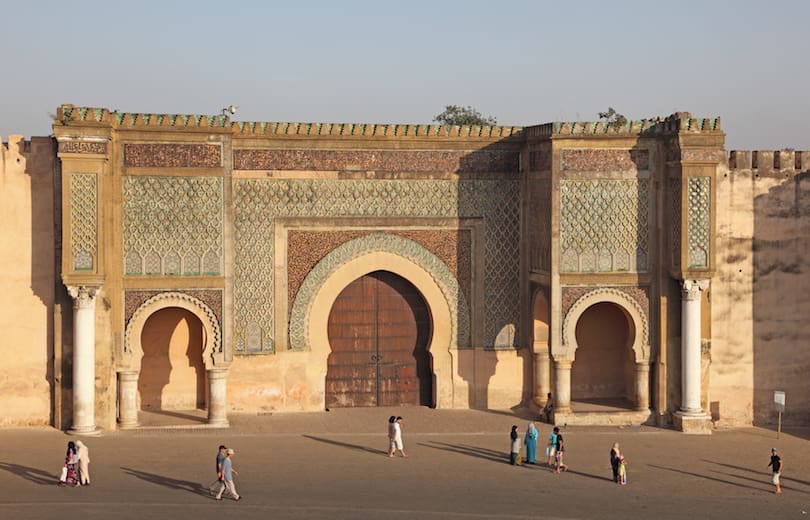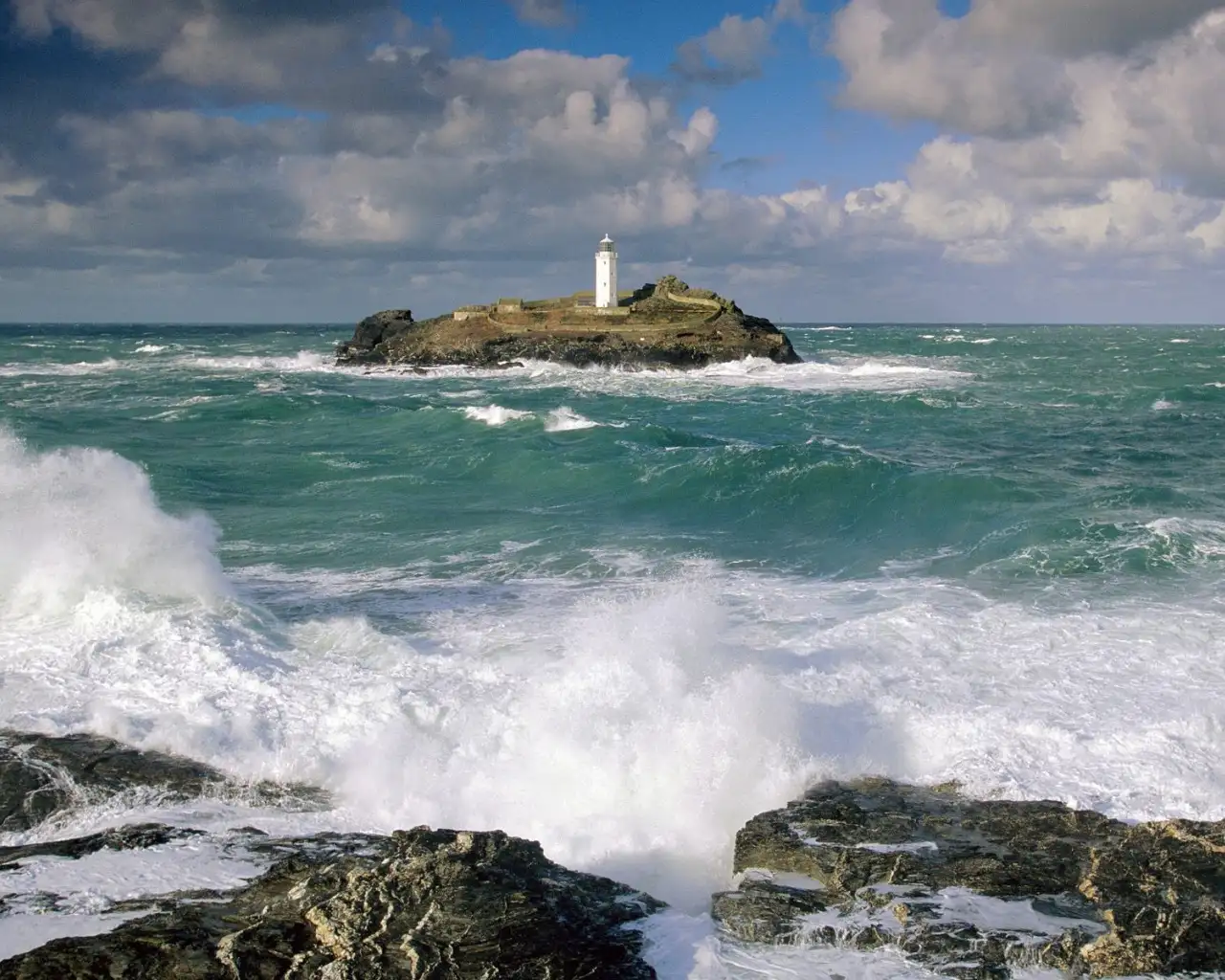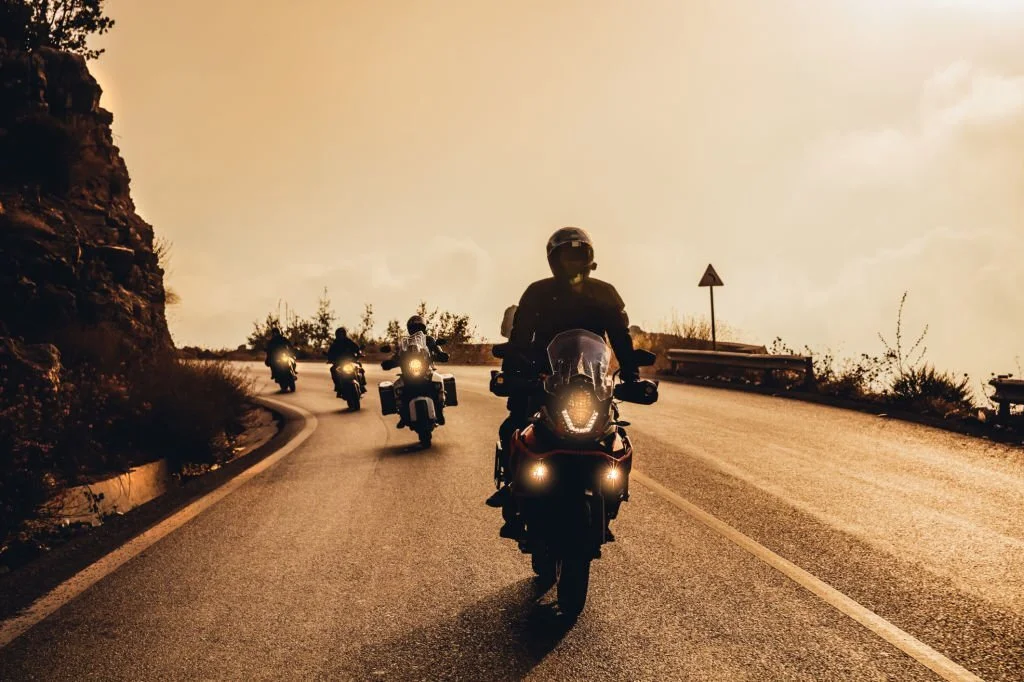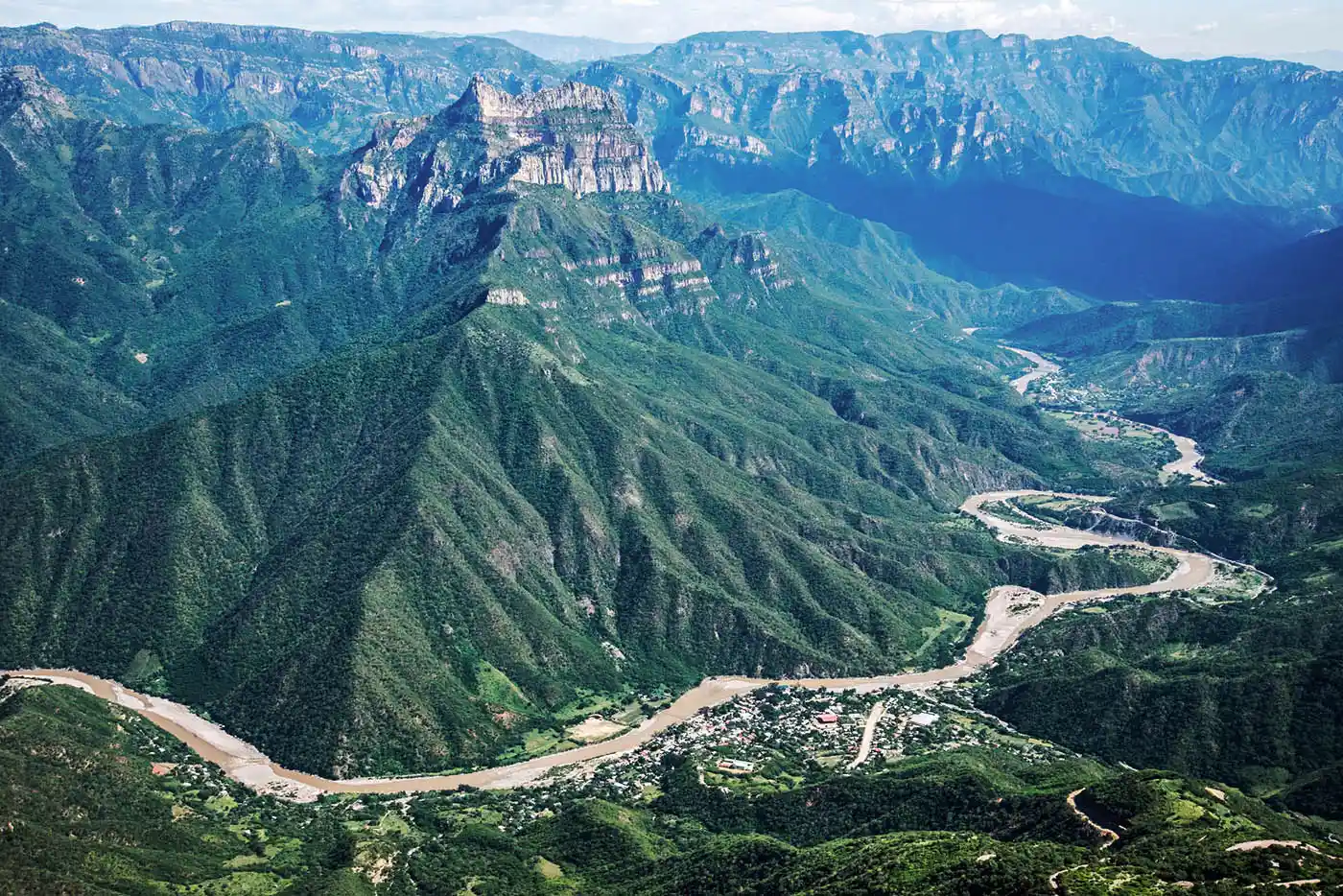Morocco, a land of contrasts, is renowned for its vibrant markets, majestic palaces, and historical cities, but hidden within the rugged terrains lies a captivating and serene world—the Moroccan desert. When you think of Morocco, the desert may not always be the first image that comes to mind, but the Berber desert tours offer an exceptional way to discover this enchanting landscape, deeply interwoven with culture and history. These tours provide an opportunity to explore the heart of the Sahara Desert, engage with the Berber people, and witness a unique desert lifestyle that has remained relatively unchanged for centuries. The combination of stunning landscapes, rich culture, and ancient traditions makes a Berber desert tour an experience like no other.
A Glimpse into Berber Culture

The Berbers, also known as Imazighen, are the indigenous people of Morocco, and their culture is woven into the fabric of Moroccan society. These remarkable communities have inhabited the land for thousands of years, preserving their language, customs, and way of life in the face of various historical influences. The Tamazight language, spoken by the Berbers, remains one of the most distinctive elements of their heritage, representing the ancient roots of the people and their profound connection to the land.
On a Berber desert tour, travelers have the rare opportunity to interact with the Berber people in their own villages, which are scattered across Morocco’s vast desert and mountain regions. These villages are home to small, tightly-knit communities where traditions are passed down through generations. Travelers can participate in local activities, witness ancient craftsmanship, and immerse themselves in the Berber way of life. Visitors will have the chance to see pottery, weaving, and carpet making in the villages, all of which play an essential role in Berber culture and economy.
For many Berber people, the desert is not just a physical environment—it’s a part of their soul. The connection they share with the Sahara Desert runs deep, and their survival techniques and sustainable practices have ensured their continuity through centuries. A Berber desert tour offers a firsthand look at this resilience and adaptability. Travelers can engage in meaningful conversations with Berber people and experience their traditions in a way that enriches the journey and fosters a deeper understanding of Moroccan life.
Thriving in the Southern Region of Morocco

The southern region of Morocco is the heartland of Berber culture, where the interplay between the desert, oases, and human ingenuity is on full display. The desert region here is dotted with sprawling oases, fertile grounds in the middle of arid landscapes that thrive due to ancient irrigation systems. These systems have been developed over generations to ensure that the people living in the desert can cultivate crops, raise livestock, and sustain their families.
The Berber people are known for their remarkable ability to adapt to the desert environment, and their survival techniques are a testament to their resourcefulness. Khettara, an ancient system of underground water channels, brings water to the surface from deep below, enabling the Berber people to grow essential crops like dates, olives, figs, and grapes in the midst of a desert. The nomadic lifestyle and creative ways of living in the desert will fascinate any visitor who is interested in understanding how humans can thrive in one of the harshest environments on Earth.
While many of the Berber communities in this region are sedentary, others still practice nomadic herding. This way of life allows them to move across the land with their camels, goats, and sheep, ensuring they make use of the various resources available throughout the year. Visitors on a Berber desert tour will get to see firsthand the life of a nomad, and experience the warmth and hospitality of the Berber people as they share stories and meals, often served in traditional tents.
The Atlas Mountains: A Cultural Hub of Resilience and Beauty
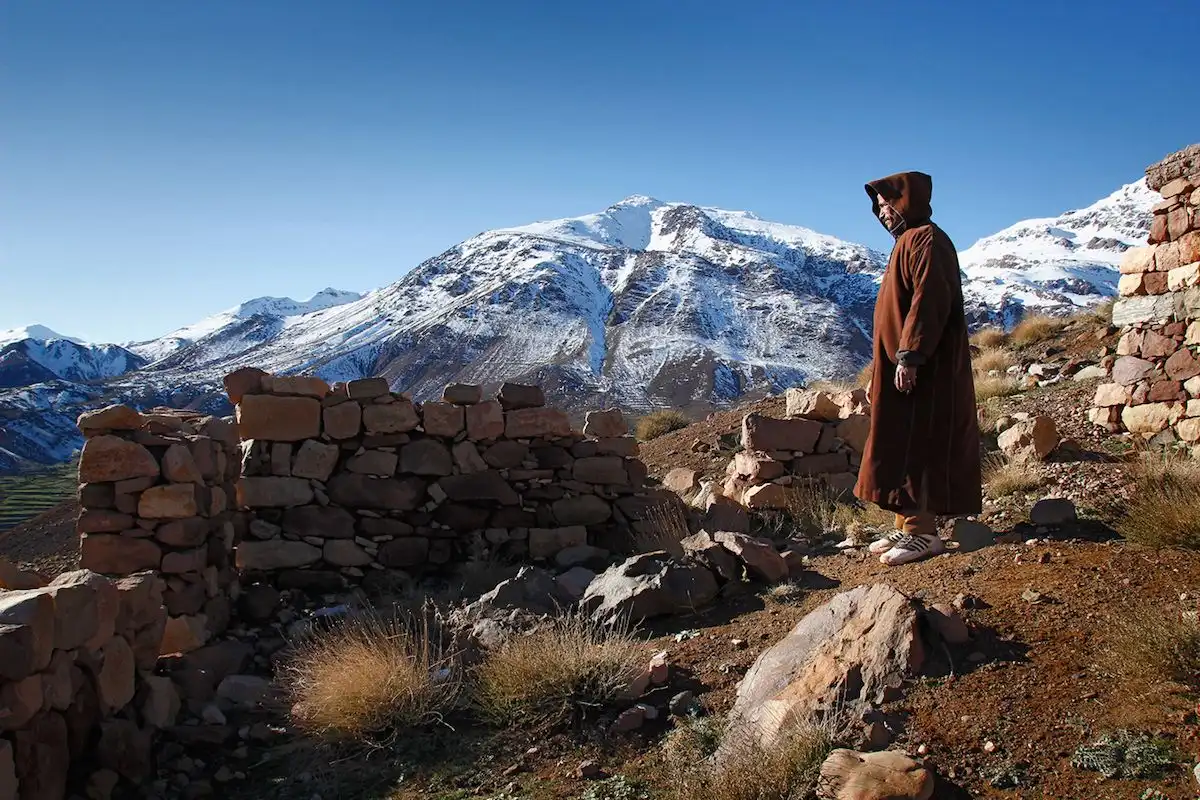
While much of Morocco’s desert is flat and vast, the Atlas Mountains rise majestically in the south, offering stunning contrasts to the arid desert landscapes. The Berber people have lived in these rugged mountain villages for centuries, building their homes using natural materials like stone and clay. The mountains are not just a physical challenge but also a symbol of the strength and resilience of the Berber culture. Many Berber traditions, such as farming, weaving, and pottery making, have been preserved in these high-altitude communities, and they are still practiced today.
The villages in the Atlas Mountains offer some of the most spectacular views in Morocco, with terraced fields, winding paths, and mountain streams that provide water to the surrounding lands. The Berber people have built tight-knit communities here, where traditional ways of life still prevail. Visitors will have the opportunity to explore these villages, learn about ancient agricultural practices, and immerse themselves in the culture and daily routines of the Berber people.
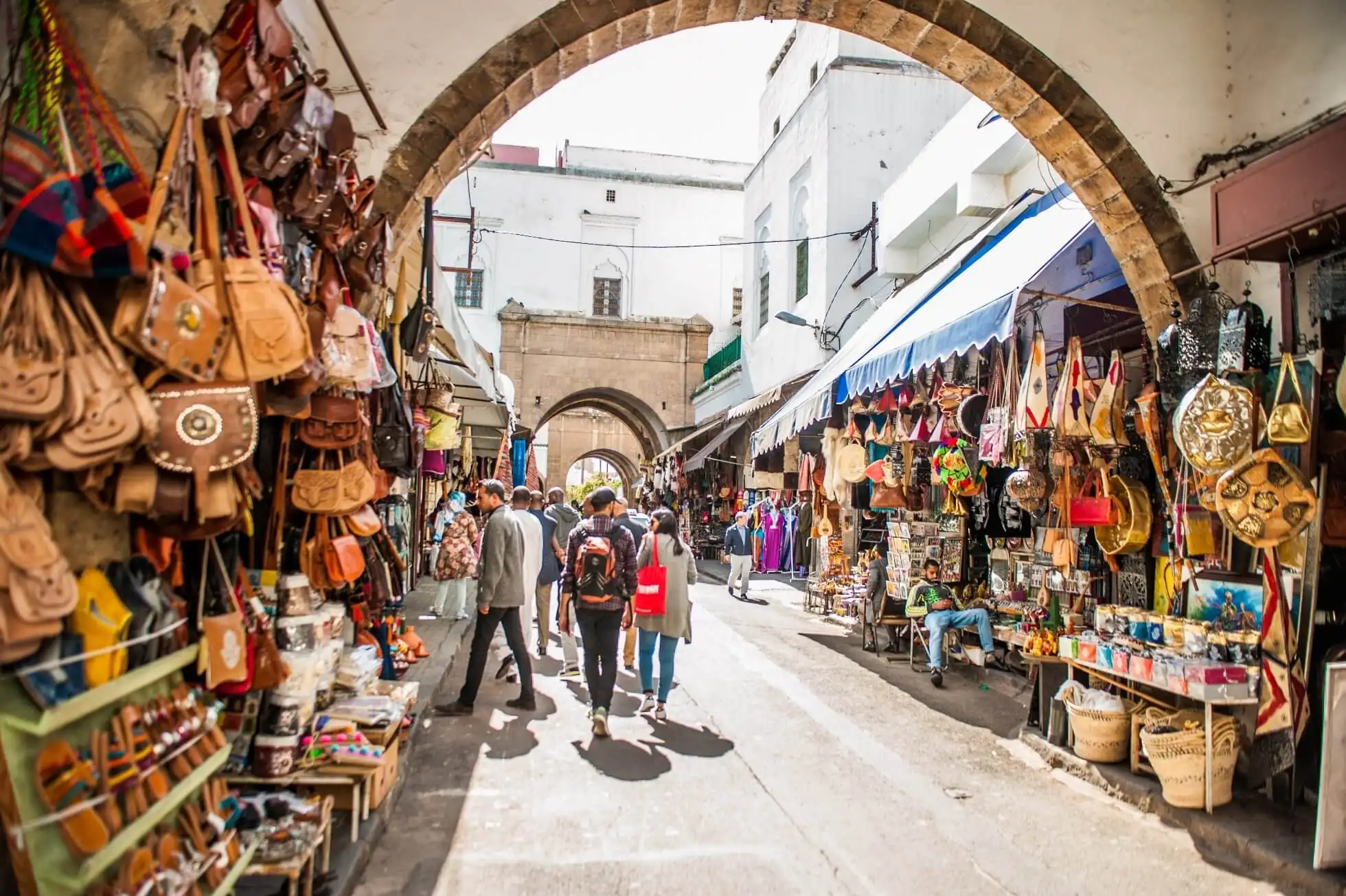
Exploring the Sahara Desert:
The Sahara Desert is a place that evokes awe, mystery, and wonder. Covering a vast portion of Morocco, the Sahara Desert is the largest hot desert in the world, and it holds an intrinsic cultural and spiritual significance for the Berber people. The Sahara offers visitors an unforgettable experience, with its towering sand dunes, deep desert canyons, and tranquil oases.

On a Berber desert tour, travelers can visit some of the most famous desert regions, including Erg Chebbi and Erg Chigaga, where the desert stretches out as far as the eye can see. Travelers may take a camel trek through the golden dunes, which offers a unique perspective of the desert’s vastness. As the sun sets, the desert comes alive with the sounds of the wind and the soft glow of the dunes. Spending a night under the stars in a traditional Berber desert camp is one of the most magical experiences you can have on your journey, and you’ll have the chance to witness a starlit sky that few have the privilege of seeing.
During the day, visitors can engage in exhilarating sandboarding or simply enjoy the tranquility of the desert, experiencing the profound silence that blankets the land. This serenity creates an unparalleled connection to nature that is hard to find anywhere else in the world.
Hidden Oasis and Ancient Kasbahs:

Though the desert may appear barren, it’s home to a rich tapestry of life. Hidden within Morocco’s vast desert landscapes are lush oases and ancient kasbahs. These oases, located in areas like the Draa Valley and Dades Valley, provide an oasis of greenery and life amid the desert’s vast expanse. The palm trees and gardens offer a stunning contrast to the dry and barren surroundings, and the oasis towns are often rich in history and culture.
In addition to these oases, Morocco is home to several iconic kasbahs—fortified structures made of mud, stone, and other local materials. The most famous of these is the Ait Benhaddou Kasbah, a UNESCO World Heritage site. These ancient castles were once used by Berber tribes to protect their families and livestock from invading forces. Exploring these kasbahs allows travelers to step back in time and witness the incredible architecture and engineering that has withstood the test of centuries.
The Nomadic Lifestyle and Hospitality
One of the most striking aspects of the Berber desert tour is the opportunity to experience the nomadic lifestyle up close. The Berber people have been nomadic for centuries, adapting to the desert’s ever-changing conditions. Visitors can learn about the nomadic way of life by spending time with Berber families who still live in traditional tents, raising camels, goats, and sheep.
Berber hospitality is legendary. Guests are welcomed with open arms and often invited to share a meal, including traditional mint tea and bread. These meals are often served in tents or around an open fire, where guests can listen to stories, participate in songs, and learn about the history and culture of the Berber people.
Conclusion
A Moroccan Berber desert tour is more than just a travel experience—it’s an opportunity to immerse yourself in the culture, history, and stunning landscapes of Morocco. From the towering dunes of the Sahara Desert to the remote villages of the Atlas Mountains, every aspect of the journey offers a deeper connection to Morocco’s ancient past and vibrant present. Whether you’re interested in exploring the Berber culture, experiencing the nomadic lifestyle, or simply marveling at the natural beauty of the desert, a Berber desert tour is an unforgettable adventure that will stay with you for years to come.
FAQs:
- What is a Berber desert tour in Morocco? A Berber desert tour in Morocco is a unique journey through the stunning landscapes of Morocco’s Sahara Desert, where travelers have the opportunity to explore the culture, history, and lifestyle of the Berber people. These tours typically include visits to remote villages, camel trekking, and overnight stays in traditional Berber camps under the stars.
- How do I book a Moroccan Berber desert tour? You can book a Moroccan Berber desert tour through various travel agencies that specialize in desert experiences. Many agencies offer online booking options on their websites, or you can work with a local Moroccan tour operator who can tailor the experience to your preferences. It’s recommended to book in advance, especially during peak travel seasons.
- What is the best time to visit the Moroccan desert? The best time to visit the Moroccan desert is during the spring (March to May) and autumn (September to November) months. These seasons offer mild temperatures, making the desert more comfortable for exploration. Summer temperatures can be extremely hot, while winter can be cold at night, especially in the higher desert areas.
- Can I ride camels during a Berber desert tour? Yes, camel riding is one of the highlights of a Berber desert tour. Camel trekking allows you to experience the desert in a traditional way, navigating the sand dunes of the Sahara. Most tours offer camel rides as part of the itinerary, providing a truly authentic desert experience.
- What is included in a Moroccan Berber desert tour package? A typical Moroccan Berber desert tour package includes transportation, such as a 4×4 vehicle or minibus, local guides, camel trekking, overnight accommodation in Berber desert camps, and meals (usually traditional Moroccan dishes). Some tours also include visits to historical kasbahs, oases, and local villages to immerse travelers in the Berber culture.
- How long do Moroccan Berber desert tours last? Moroccan Berber desert tours typically last from 2 to 5 days, depending on the route and itinerary. Shorter tours may focus on the main highlights, while longer tours can explore more remote areas of the Sahara and Berber villages.
- Are Berber desert tours suitable for families with children? Yes, Berber desert tours can be suitable for families with children, especially those with children who enjoy outdoor activities and adventure. Many tour operators offer family-friendly options, such as camel rides, cultural experiences, and gentle desert exploration. It’s important to choose a tour that caters to the needs of younger travelers and ensures a comfortable experience.
- What should I pack for a Moroccan desert tour? When preparing for a Moroccan desert tour, it’s important to pack practical and comfortable clothing for both hot days and cool nights. Essentials include lightweight clothing, a hat, sunglasses, sunscreen, sturdy shoes for walking and camel riding, and a scarf to protect against dust. You should also bring a camera, personal hygiene items, and a flashlight for nighttime activities.
- Is it safe to travel in the Moroccan Sahara Desert? Yes, traveling in the Moroccan Sahara Desert is generally safe, especially when traveling with a reputable tour company. Guides are experienced and knowledgeable about the terrain and local customs. However, it’s always important to follow safety guidelines, stay hydrated, and be prepared for the desert’s extreme conditions.
- What cultural experiences are included in Berber desert tours? Berber desert tours offer numerous cultural experiences, including visits to Berber villages, where travelers can learn about traditional crafts such as pottery, weaving, and silver jewelry making. You’ll also have the opportunity to engage with local Berber families, experience their nomadic lifestyle, and enjoy traditional Moroccan meals and tea ceremonies. Some tours also include live music, storytelling, and folkloric performances.


